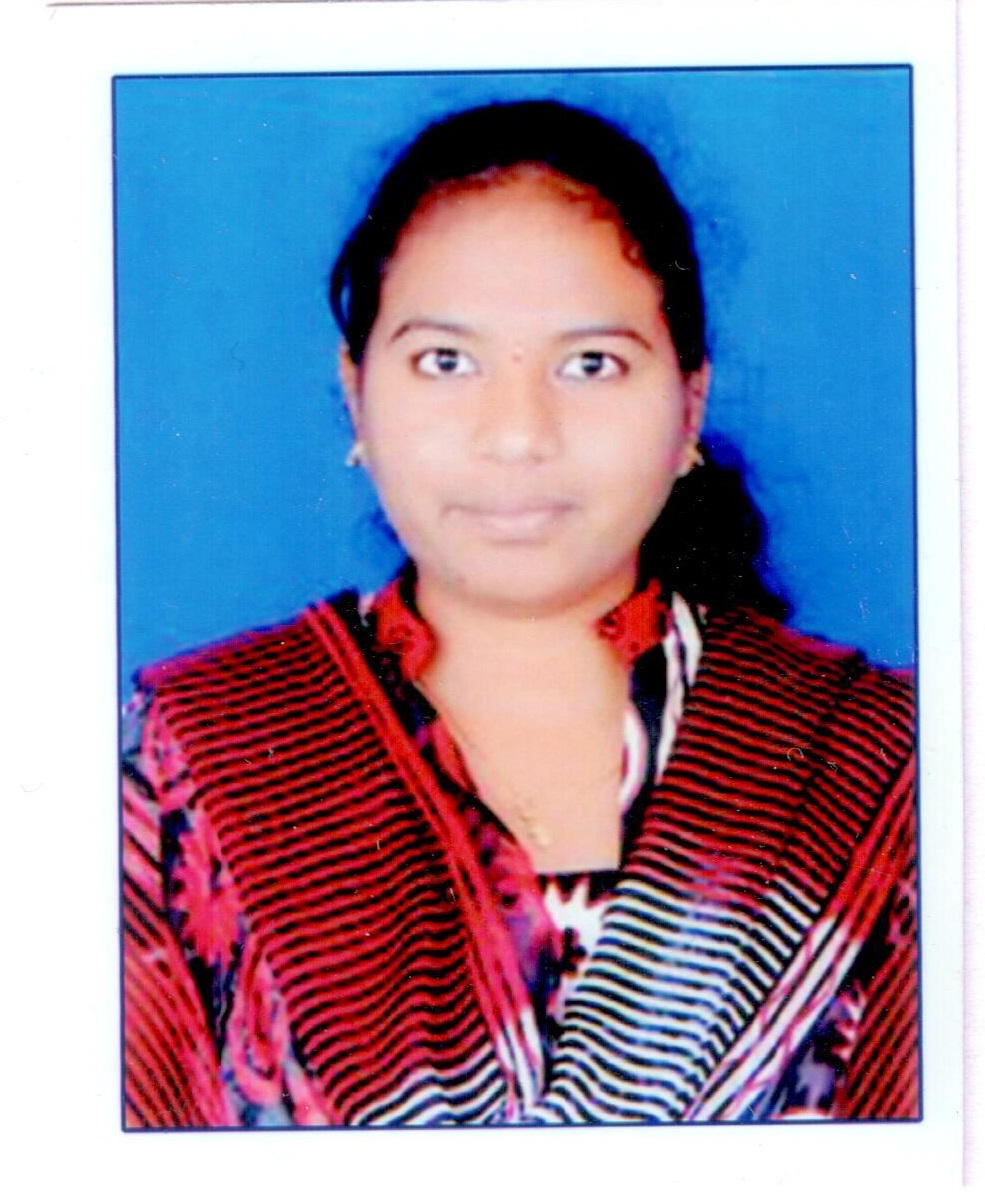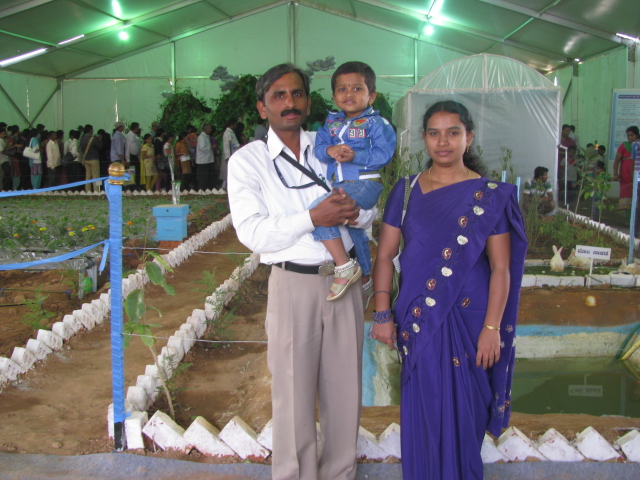
Date: Mon Aug 1, 2016
Time: 1:40 PM - 3:40 PM
Moderator: Mark Trotter
Winter Wheat has been produced throughout the southern Great Plains for over 100 years. In most cases this continuous production of mono-culture lower value wheat crop has led to the neglect of the soils, one such soil property is soil pH. In an area dominated by eroded soils and short term leases, Land-Grant University wheat breeders have created lines of winter wheat which are aluminum tolerant to increase production in low productive soils. Now the fields in this region can have very high degree of variation in soil pH levels and available aluminum content. Both of these aspects not only impact available phosphorus (P) levels but also the ability of phosphorus extraction methods to accurately determine plant available (P). This work has three objectives. First, evaluate the infield variation in soil test parameters of fields that have been grid sampled. Secondly, the impact of soil test pH on multiple soil test P extractants will be quantified. The first objective will be met by analyzing soil test results from 175 fields that have been sampled at a 1 to 2.8 hectare resolution. These fields will have been sampled by both Oklahoma State University researches and multiple private crop consultants. The second object will be met by utilizing six field trials previously established to evaluate the impact of soil pH and aluminum content on the grain yield of multiple crops. At each location the soil pH was manipulated to result in a range of pH’s from 4.0 to 7.0. Soil samples will be collected from each plot, 36 per location, each sample will be analyzed for base cation content and P content using Mehlich 3, water soluble extraction procedures. The final objective is to determine if average variation of infield soil pH will cause incorrect recommendations in a variable rate fertilizer application program. Given the trends in the data and the effect soil-pH appears to have on Mehlich-3 and water extractions, it seems unlikely that using a single soil extraction method on soils of varying pH would yield recommendations that are at the scale of accuracy needed by needed by VRT producers.

Precision agriculture in cropping areas of dryland Australia has focused on managing within production zones. These are ideally stable, possibly soil- and topography-based areas within fields. There are many different ideas on how to delimit and implement zones, and a four year whole-field experiment, with low, medium and high treatment philosophies applied per 9m seeder/harvester width across the entire field, was established to explore how zones might best be established and used. The treatment philosophies combined wheat/barley seed rate, starter (N/P) and in-season fertilizer, varying according to season, but applied to the same seeder widths over the four years. The boundaries of treatment responses, determined using geographically weighted regression on yield data in each season, were compared to apparent electrical conductivity (ECa) and elevation surveys, and also zones created from clustering prior yield data. There were significant responses to the medium or high treatments over 23-66% of the field area in three out of four seasons. The zones created from yield data were good at predicting the pattern of yield variation, but not treatment responses. Responses were most likely to the fertilizer component of the treatments, and related to field history, and nutrient use in previous seasons. The pattern of ECa and elevation was similar to the yield zones, and not well related to treatment responses. The results support the role of fixed zones related to yield as a way of estimating overall input requirements and limits of likely responses, but imply that in-season crop sensing will be required to predict the responsive parts of fields, which will change from season to season.
Understanding the effects of fertilizer addition and crop removal on long-term change in spatially-variable soil test P (STP) and soil test K (STK) is crucial for maximizing the use of grower inputs on claypan soils. Using apparent electrical conductivity (ECa) to estimate topsoil depth (or depth to claypan, DTC) within fields could help capture the variability and guide site-specific applications of P and K. The objective of this study was to determine if DTC derived from ECa could be used to improve P and K management for corn (Zea mays L.), soybean (Glycine max [L.]), and switchgrass (Panicum virgatum L.). Research was conducted at the University of Missouri’s South Farm Research Center in Columbia, MO from 2009 to 2016. Each year, corn, soybean, and switchgrass were grown on 16 plots (5.2 or 6.1 x 10 m) with DTC ranging from 0 to 94 cm. Soil ECa data were collected in the spring of 2009 using a DUALEM-2S, and were calibrated to measured DTC. Surface (0-15 cm) soil samples for P and K were collected in the early spring of 2009, 2015, and 2016. Fertilizer was applied shortly after soil sampling in 2009 and 2015. Crop type did not influence results so data were analyzed across crops. Results showed that DTC affected STP, STK, P buffering index (PBI), and the amount of K2O required to raise STK 1 kg ha-1 (RK). The PBI increased from -16 to 12 kg P2O5 ha-1 as DTC increased 0 to 44 cm. The RK increased from 1.75 to 11 kg K2O ha-1 as DTC increased from 0 to 40 cm. These relationships show that soils with shallow DTC likely need less fertilizer K, but more fertilizer P to achieve and sustain desired STP and STK levels, with the opposite occurring on soils with deeper DTC. Accounting for these differences could help guide variable-rate P and K applications, especially on fields with high variability of DTC. Therefore, accounting for DTC derived from ECa could be used to enhance P and K management on claypan soils.


This study aims to explore the spatial and temporal variation characteristics of soil ammonium nitrogen and nitrate nitrogen within winter wheat growth season. A nitrogen-rich strip fertilizer experiment with eight different treatments was conducted in 2014. Soil nitrogen samples of 20-30cm depth near wheat root were collected by in-situ Macro Rhizon soil solution collector then soil ammonium nitrogen and nitrate nitrogen content determined by SEAL AutoAnalyzer3 instrument. Classical statistics were applied to explore the soil nitrogen temporal variation characteristics and geo-statistics were used to explore the spatial structure characteristics of the soil nitrogen. The study results indicated that from winter wheat up to filling stage, the ammonium nitrogen content in soil decreased obviously for all treatments. The nitrate nitrogen content in soil decreased from up to jointing stage and then increased dramatically from jointing to flowering stage. The geo-statistics analysis indicated that ammonium nitrogen existed weak spatial dependence at wheat up, flowering and filling stage. Ammonium nitrogen range decreased after jointing fertilizer and ammonium nitrogen patches were fragmented at wheat flowering and filling stage. Nitrate nitrogen showed strong spatial dependence at wheat up and jointing stage. After jointing fertilization, the nitrate nitrogen range increased, and nitrate nitrogen at flowering, filling and harvest stage distributed more continuously than that at up and jointing stage. The kriging interpolation maps revealed the soil ammonium nitrogen and nitrate nitrogen spatial distribution variation trends during the winter wheat growth season. Soil ammonium nitrogen content in the north area of experimental field was lower than that in the south area at the up and jointing stage. Then the spatial difference decreased at the flowering and filling stage. For soil nitrate nitrogen, its content in the south part of experimental field was higher than that in the north part at up and jointing stage, the spatial difference of nitrate nitrogen gradually decreased at flowering stage and then showed a strip distribution at wheat filling stage. High ammonium nitrogen and nitrate nitrogen co-distributed in north area with similarly strip pattern at wheat harvest stage.
A field study was conducted during kharif 2014 and rabi 2014-15 at Southern Transition Zone of Karnataka under the jurisdiction of University of Agricultural Sciences, GKVK, Bangalore, India to know the spatial variability for available nutrient content in cultivator’s field and effect of site specific nutrient management in maize. The farmer’s fields have been delineated with each grid size of 50 m x 50 m using geospatial technology. Soil samples from 0-15 cm were collected and analysed for major nutrients in all the selected 694 grids. Soils varied spatially for soil pH (5.62 to 7.65), organic carbon (0.35 to 0.65 %) and available NPK (219 to 480 kg N, 15.2 to 48.7 kg P2O5 and 144 to 189 kg K2O ha-1). This was managed through site specific nutrient management (SSNM) strategy. SSNM plots recorded higher maize grain yield during kharif and rabi seasons (9.56 and 9.46 Mg ha-1, respectively) as compared to farmers practice (7.94 and 8.01 Mg ha-1, respectively) which was 20.40 and 18.18 per cent higher yield respectively. The increased yield was mainly attributed to increased growth and yield parameters.

A field study was conducted during rabi / summer 2014-15 to know the spatial variability and precision nutrient management practices on targeted yield levels of groundnut. The experimental field has been delineated into 36 grids of 9 m x 9 m using geospatial technology. Soil samples from 0-15 cm were collected and analysed. Spatial variability exists for available nitrogen, phosphorous and potassium and they varied from 99 to 197 kg N, 12.1 to 64.0 kg P2O5 and 166 to 402 kg K2O ha-1, respectively. This was addressed through precision nutrient management strategy with target yield approach. Application of NPK through drip irrigation in 6 equal splits at fortnightly interval recorded significantly higher growth and yield attributes. Application of variable rates of NPK based on NPK variability of grids through drip irrigation in six equal splits at fortnightly interval recorded 27.28 per cent higher groundnut pod yield (25.24 q ha-1) over blanket application to soil as per UASB package of practice (19.83 q ha-1). The actual yields exceeded the target yield levels (1500, 2000 and 2500 kg ha-1) by 37.0, 19.9 and 9.3 per cent respectively.

